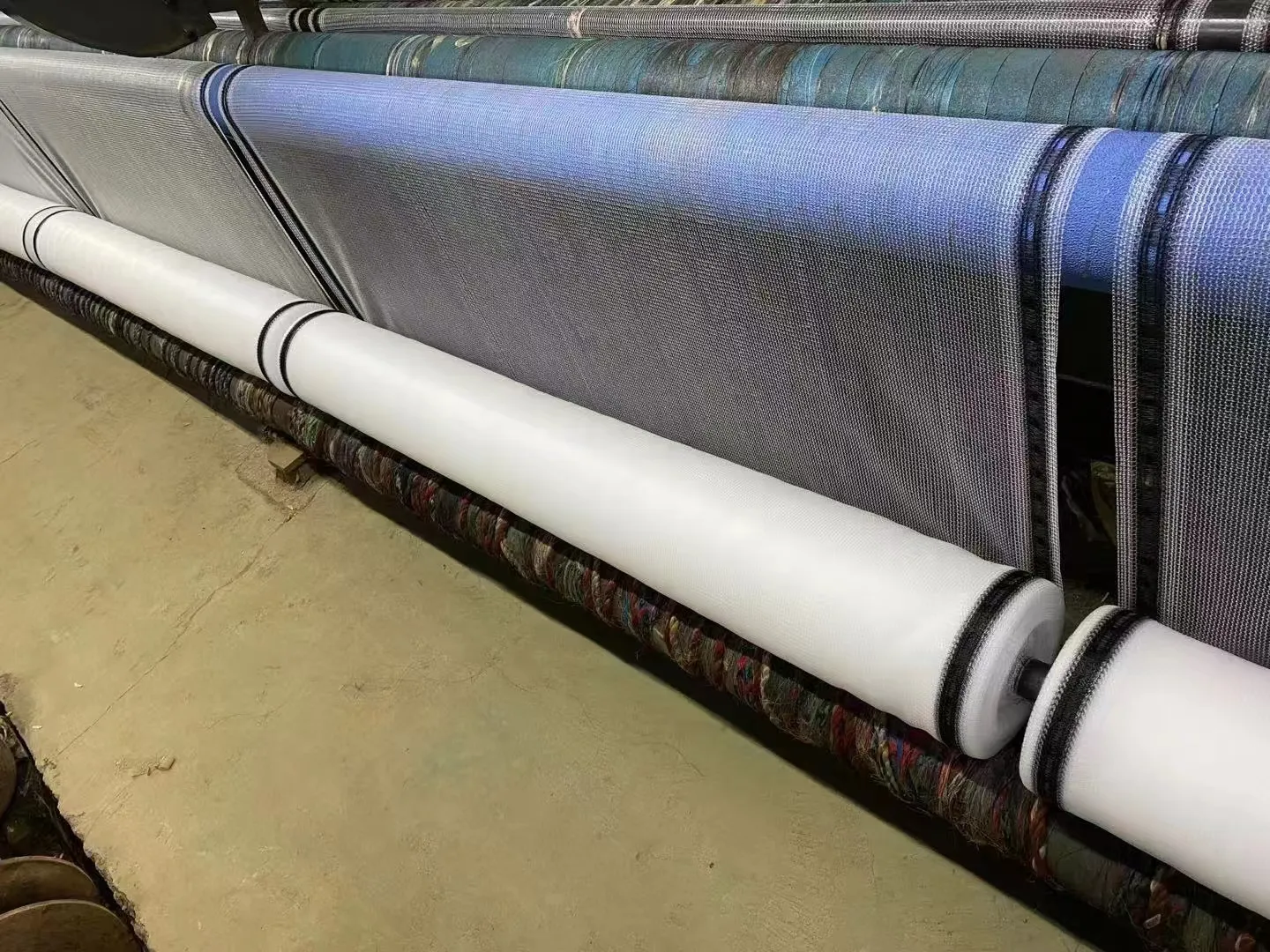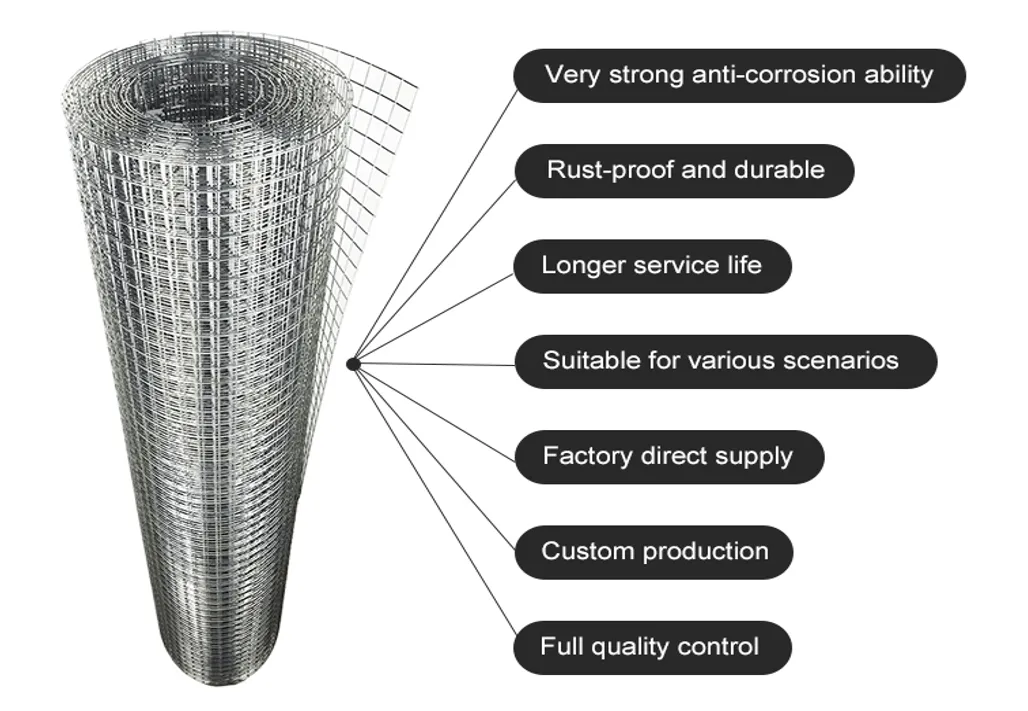-
 Afrikaans
Afrikaans -
 Albanian
Albanian -
 Amharic
Amharic -
 Arabic
Arabic -
 Armenian
Armenian -
 Azerbaijani
Azerbaijani -
 Basque
Basque -
 Belarusian
Belarusian -
 Bengali
Bengali -
 Bosnian
Bosnian -
 Bulgarian
Bulgarian -
 Catalan
Catalan -
 Cebuano
Cebuano -
 China
China -
 Corsican
Corsican -
 Croatian
Croatian -
 Czech
Czech -
 Danish
Danish -
 Dutch
Dutch -
 English
English -
 Esperanto
Esperanto -
 Estonian
Estonian -
 Finnish
Finnish -
 French
French -
 Frisian
Frisian -
 Galician
Galician -
 Georgian
Georgian -
 German
German -
 Greek
Greek -
 Gujarati
Gujarati -
 Haitian Creole
Haitian Creole -
 hausa
hausa -
 hawaiian
hawaiian -
 Hebrew
Hebrew -
 Hindi
Hindi -
 Miao
Miao -
 Hungarian
Hungarian -
 Icelandic
Icelandic -
 igbo
igbo -
 Indonesian
Indonesian -
 irish
irish -
 Italian
Italian -
 Japanese
Japanese -
 Javanese
Javanese -
 Kannada
Kannada -
 kazakh
kazakh -
 Khmer
Khmer -
 Rwandese
Rwandese -
 Korean
Korean -
 Kurdish
Kurdish -
 Kyrgyz
Kyrgyz -
 Lao
Lao -
 Latin
Latin -
 Latvian
Latvian -
 Lithuanian
Lithuanian -
 Luxembourgish
Luxembourgish -
 Macedonian
Macedonian -
 Malgashi
Malgashi -
 Malay
Malay -
 Malayalam
Malayalam -
 Maltese
Maltese -
 Maori
Maori -
 Marathi
Marathi -
 Mongolian
Mongolian -
 Myanmar
Myanmar -
 Nepali
Nepali -
 Norwegian
Norwegian -
 Norwegian
Norwegian -
 Occitan
Occitan -
 Pashto
Pashto -
 Persian
Persian -
 Polish
Polish -
 Portuguese
Portuguese -
 Punjabi
Punjabi -
 Romanian
Romanian -
 Russian
Russian -
 Samoan
Samoan -
 Scottish Gaelic
Scottish Gaelic -
 Serbian
Serbian -
 Sesotho
Sesotho -
 Shona
Shona -
 Sindhi
Sindhi -
 Sinhala
Sinhala -
 Slovak
Slovak -
 Slovenian
Slovenian -
 Somali
Somali -
 Spanish
Spanish -
 Sundanese
Sundanese -
 Swahili
Swahili -
 Swedish
Swedish -
 Tagalog
Tagalog -
 Tajik
Tajik -
 Tamil
Tamil -
 Tatar
Tatar -
 Telugu
Telugu -
 Thai
Thai -
 Turkish
Turkish -
 Turkmen
Turkmen -
 Ukrainian
Ukrainian -
 Urdu
Urdu -
 Uighur
Uighur -
 Uzbek
Uzbek -
 Vietnamese
Vietnamese -
 Welsh
Welsh -
 Bantu
Bantu -
 Yiddish
Yiddish -
 Yoruba
Yoruba -
 Zulu
Zulu
Galvanised Steel Mesh Durable & Corrosion-Resistant Wire Mesh

(steel galvanised mesh)
The Essential Guide to Steel Galvanised Mesh Solutions
Galvanised steel wire mesh represents a cornerstone in industrial and construction applications globally. This comprehensive overview examines critical aspects every professional should consider:
- Market impact and performance metrics
- Core technical advantages over alternatives
- Manufacturer capability analysis
- Custom fabrication parameters
- Specialist installation methodologies
- Documented application case studies
- Implementation best practices
Recent market analysis indicates a 7.8% annual growth in demand driven by infrastructure development, with the Asia-Pacific region accounting for 42% of global consumption according to the International Metalworking Federation.
Performance Advantages of Galvanised Coatings
Hot-dip galvanisation creates a metallurgical bond between zinc and steel that outperforms paint or epoxy coatings. Standard testing reveals:
- Corrosion resistance exceeding 35 years in atmospheric exposure
- Salt spray test results of 1,500+ hours before red rust formation
- Coating adhesion strength of 3,600 psi (ASTM D4541)
The zinc layer provides sacrificial protection where coatings become damaged. Independent tests confirm galvanised meshes withstand cyclic temperature variations from -40°C to 150°C without compromising structural integrity.
Manufacturer Capability Comparison
Leading suppliers differentiate through production technology and quality assurance:
| Manufacturer | Coating Thickness | Wire Gauge Range | ISO Certification | Lead Time |
|---|---|---|---|---|
| GlobalMesh Solutions | 70-85 microns | 10-22 AWG | 9001:2015 | 10-14 days |
| DuraFence International | 55-70 microns | 12-20 AWG | 14001:2015 | 21-28 days |
| ArmourTech Industries | 85-100 microns | 8-18 AWG | 9001/45001 | 7-10 days |
Third-party verification confirms top-tier manufacturers maintain consistent zinc application within ±5 microns across production batches.
Customisation Specifications
Project-specific adaptations typically include:
- Aperture Dimensions: Tolerance control of ±0.15mm for precision applications
- Edge Configurations: Reinforced selvage edges or welded border wires
- Hybrid Systems: PVC-galvanised dual coatings for chemical environments
The Liverpool Docks project required a custom rhomboid pattern with 38mm major axis openings to accommodate tidal forces, reducing material stress by 22% compared to standard square mesh.
Specialist Installation Protocols
Correct implementation prevents premature failure:
- Thermal expansion gaps of 5mm per linear metre
- Stainless steel fasteners to prevent bimetallic corrosion
- Polymer buffer strips for concrete embedding
Compression tensioning systems maintain mesh stability under load, with hydraulic tensioners applying calibrated force of 18-22 kN during perimeter securing.
Documented Application Results
Notable implementations demonstrate performance:
- Brisbane Airport Perimeter: 25km barrier resisting 120km/h cyclonic winds
- Norwegian Aquaculture: Mesh enclosures lasting 15+ years in seawater
- Automotive Testing: Crash barriers absorbing 85kJ impact energy
Maintenance logs from the Thames Barrier installation show corrosion rates 40% lower than initial projections after 12 years of tidal exposure.
Optimising Steel Galvanised Mesh Selection
Professionals should prioritise specifications over price considerations:
- Demand mill test certificates validating coating thickness
- Specify continuous mesh runs exceeding production seams
- Request sample panels for third-party verification
Verified galv steel mesh typically provides a 12-18 year service advantage over non-galvanised alternatives when properly specified. This translates to lifecycle cost reductions of 30-45% across industrial applications.

(steel galvanised mesh)
FAQS on steel galvanised mesh
Q: What is galvanised steel mesh used for?
A: Galvanised steel mesh is commonly used for fencing, construction reinforcement, and agricultural applications. Its zinc coating provides corrosion resistance, making it ideal for outdoor or high-moisture environments. It’s also used in industrial filtration and safety barriers.
Q: How does galvanised steel wire mesh resist rust?
A: The galvanisation process involves coating steel wire with a protective zinc layer. This layer acts as a barrier against moisture and oxygen, preventing rust formation. Even if scratched, the zinc sacrificially corrodes first, extending the mesh’s lifespan.
Q: Can steel galvanised mesh withstand extreme weather conditions?
A: Yes, galvanised steel mesh is highly durable in harsh weather due to its rust-resistant zinc coating. It performs well in rain, snow, and high humidity. However, prolonged exposure to acidic or saline environments may require additional protective measures.
Q: What are the advantages of using galvanised steel mesh over PVC-coated mesh?
A: Galvanised steel mesh offers superior strength and longevity compared to PVC-coated alternatives. It doesn’t degrade under UV exposure and maintains structural integrity at higher temperatures. The zinc coating also requires less maintenance over time.
Q: How do I choose the right gauge for galvanised steel wire mesh?
A: Select the gauge based on your project’s load and durability requirements. Thicker gauges (lower numbers) suit heavy-duty applications like industrial fencing, while thinner gauges work for lightweight uses like garden mesh. Always consider environmental factors and tension needs.
-
Why Nylon Mesh Netting is Revolutionizing Industrial and Commercial ApplicationsNewsJun.13,2025
-
Reinventing Reliability with Construction Wire MeshNewsJun.13,2025
-
Protect Your Crops with High-Performance Agricultural Netting SolutionsNewsJun.13,2025
-
Premium Breeding Net Solutions for Modern AquariumsNewsJun.13,2025
-
Precision Filtration Solutions for Industrial and Commercial NeedsNewsJun.13,2025
-
Advanced Industrial Mesh Solutions for Every ApplicationNewsJun.13,2025











